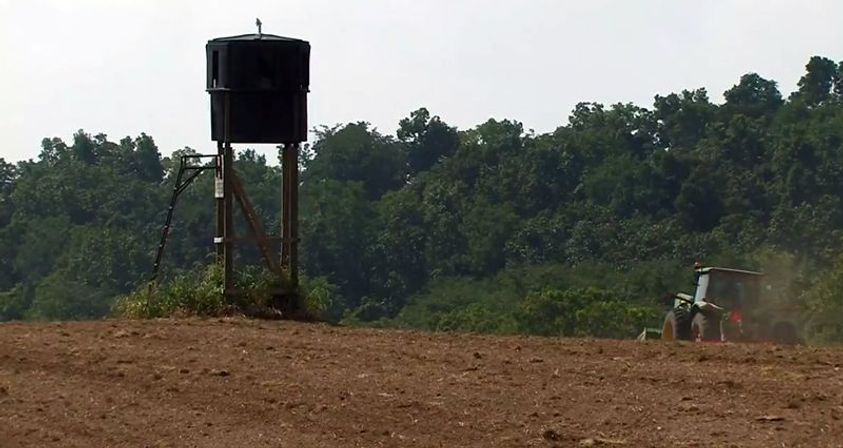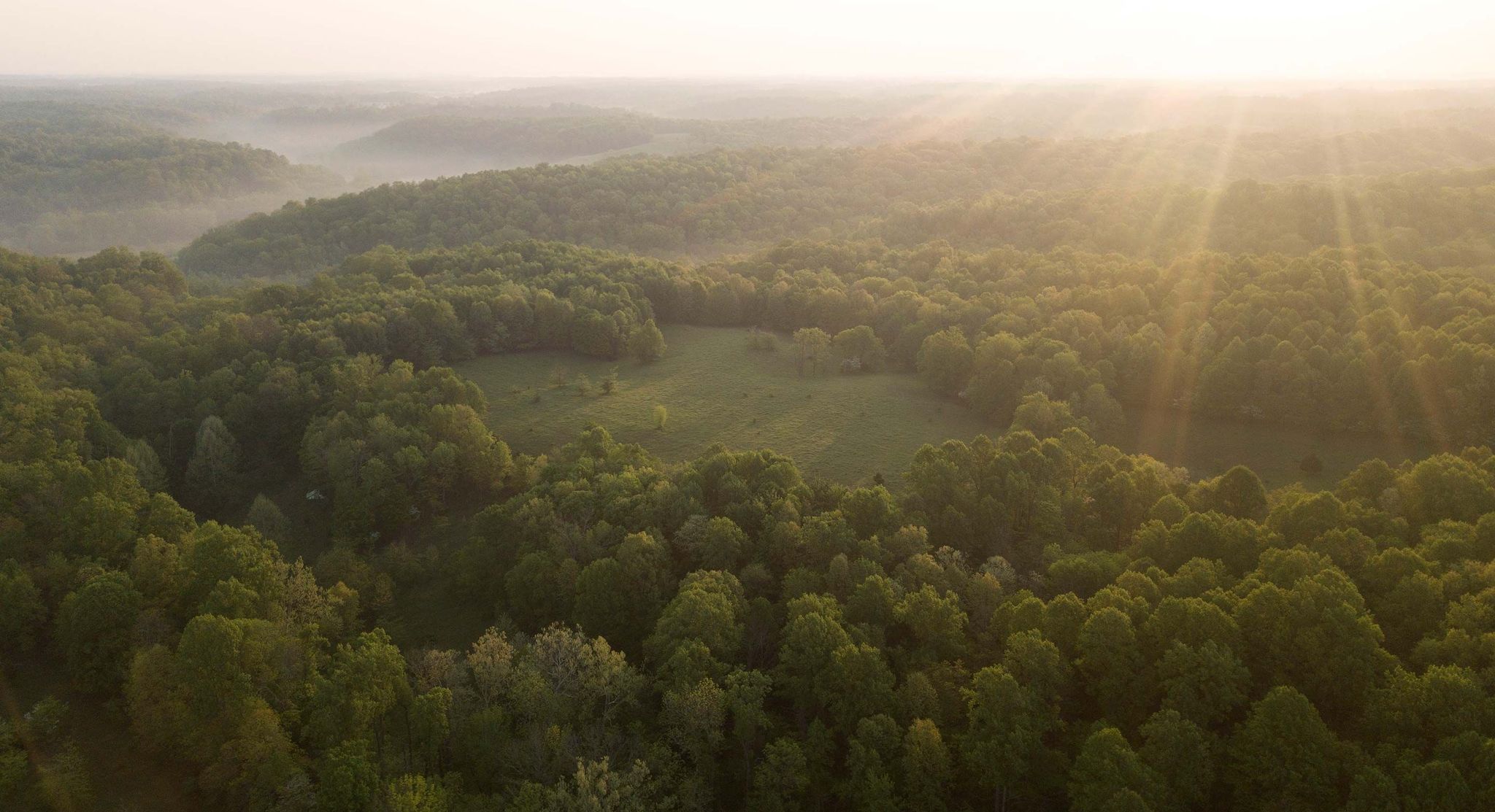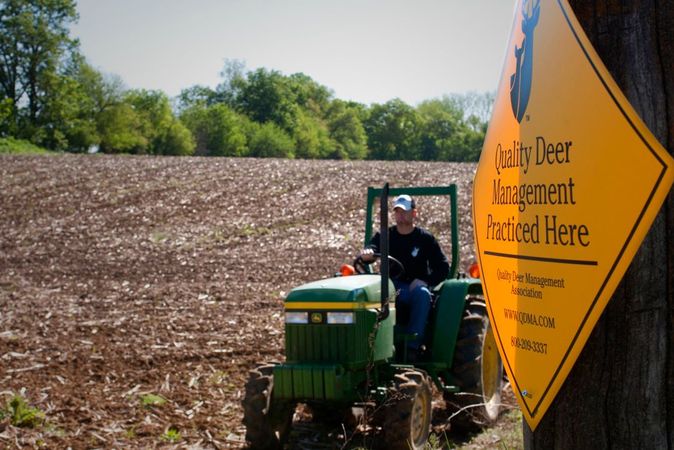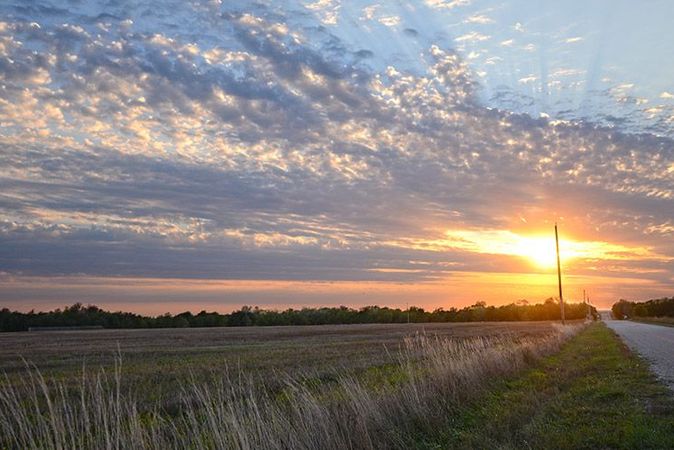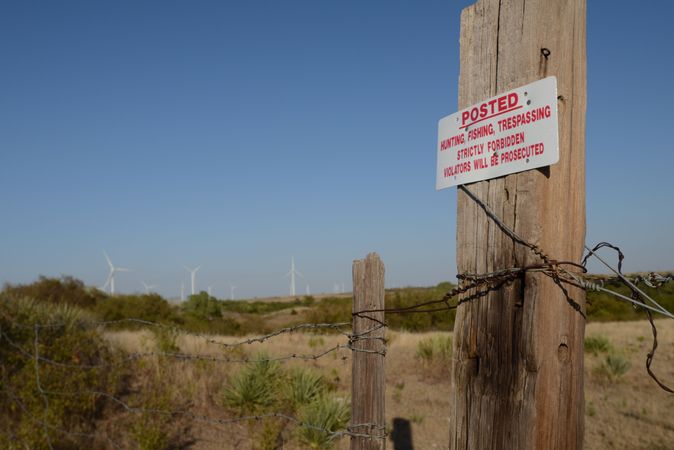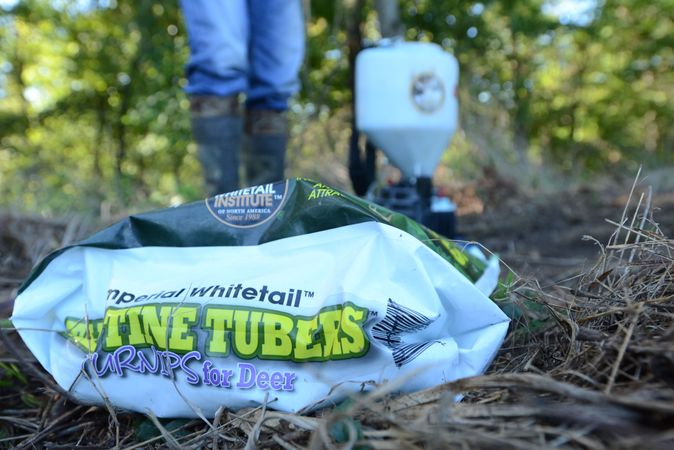There were very few bowhunters in Pike County, Illinois in 1990. In fact, anyone who toted a stick and string was regarded as “those bowhunters” by locals who shot a deer or two for the meat, not so much the antlers. At that time, an out-of-towner could just go knock on a farmer’s door and get permission to hunt. But, of course, once folks started hearing about the big bucks being killed in Pike County, that changed overnight. One day you could hunt wherever, then the next season those spots were leased up.
Then outfitters moved in and the hunting really got tough. That, however, is beside the point of this article. Here I’m going to give you an example of how leveraging finances can yield a really good return on investment. They’ll all vary, but what I’m going to show you below is from a personal experience on a piece of ground that I used to own.
When I purchased a 110-acre tract I called “Big Buck Acres,” – I knew it was an opportunity to put my knowledge of land and whitetail deer to good use. And boy did it ever turn into an absolute big buck paradise. As I’ve mentioned before, this was coming into the time when animals were a consideration when buying and selling land. So the fact that I was taking 160-inch bucks regularly really helped my investment. That’s to say there was a lot of work that went into growing such deer. I established sanctuaries, put in a recruiting plot, two staging plots, and some concealed food sources.
I’ve always loved chasing deer, and up to that point in my life, I hunted whitetail on public ground, I hunted them on land that I leased and I hunted them with outfitters. While all these methods provided some memorable adventures, I came to realize you can’t grow and hold what you can’t control. What’s really cool is that piece of ground I purchased to hunt deer has turned out to be one of the best financial investments I’ve ever made.
Location, Location, Location
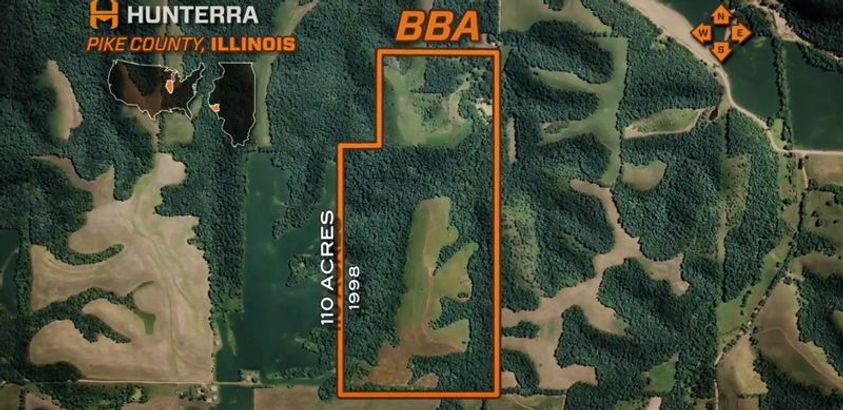
Big Buck Acres went up in value after I purchased it because we turned the property into a producer of trophy whitetails. It’s unheard of in most of the country for three bucks to come off a small farm each year that exceed 4-, 5- or 6-years old, but that’s BBA’s track record. If you are looking for a piece of land to grow the largest deer that the area is capable of yielding, it has to be in a good region and neighborhood.
Any time I’m considering a farm, it has to be in a good hunting area. That’s a gimme and goes without saying. But, that said, the farm does not necssarily have to already be a great hunting farm. If it’s in a good area and is a marginal farm, I can make it a great farm. I know how to do that through food and improving the habitat.
Once you find the region you’re after, you need to zero in on the neighborhood. This is key. Look for big blocks of land surrounding the property where people are working together on QDM. Deer travel, and even if you have the best food plots and bedding areas on your property, you are going to struggle if your neighbors don’t understand the importance of a balanced buck age structure. Tap into a network of quality deer managers, though and you will reap the benefits of a QDM co-op.
Improving the Habitat
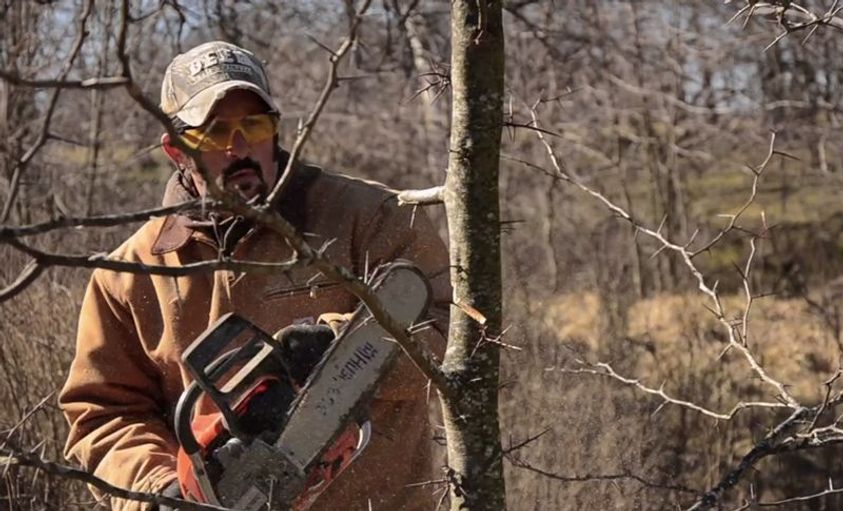
When I first purchased Big Buck Acres, there was only one 30-acre field planted in bromegrass. I could have replanted the entire field in corn or soybeans. That’s often a landowner’s first reaction (put as much food on it as possible) when they have a piece of tillable land, but I decided to study the lay of the land and how deer were using it before planting anything. There’s no way around this step. Deer movement will tell you what you need to know to be effective.
By observing deer behavior from the stand, trail cameras and journaling it all, I was able to confirm that the deer were already crossing the field to get to neighboring agricultural fields after dark. I needed to funnel their path and give them a reason to stop in the field and feed early before going to the larger fields. The answer was pretty simple: A 3-acre food plot in the middle of the field.
You see, I didn’t provide the deer with a large, destination food source that would’ve been harder to hunt and less likely to offer shot opportunities during shooting hours. Instead, I let the surrounding farms meet that need while I focused on a well-designed kill plot in secure cover.
These days, the internet serves up a wealth of information on food plots and companies, like Whitetail Institute, walk you through the process. Offering deer a consistent food source has never been easier. When looking at a piece of raw land that you want to turn into a trophy buck paradise, don’t agonize if it doesn’t have established food plots. With the right mix of tillable land and timber, you can groom the land to hold and grow big bucks with food and sanctuaries.
Create a Sanctuary
With food marked off his checklist, I then turned my attention to cover. Deer sanctuaries mean a lot of things to different landowners. To me, it means a place where a deer will never hear, smell or see a human unless we need to enter the area to recover a deer.
On my property, I do not cut wood, run my 4-wheelers, shoot a gun, setup a 3D target range, hike or bike or do any of those things. I don’t mushroom or shed hunt. It takes a lot of discipline, but I use my land to grow big bucks and we do it. The only thing that makes success possible is to have a sanctuary that really means sanctuary.
So, I dedicated a block of timber to use as a sanctuary. Through selective cutting of trees to rid the canopy prohibiting new growth and hinge cutting, I gave the bucks a home they could feel safe in during the day. After the habitat work was complete, I got out of the area and stayed away.
Working to improve any farm, strategically using the lay of the land to your advantage and constantly thinking of ways to make it better, is why a place like Big Buck Acres sold for a lot more than I paid for it. But the return on investment is just gravy on the mashed potatoes. I love hunting and growing big, mature and healthy bucks. It just so happens, those trail camera photos of big ol’ bucks and the mounts on the wall were attractive to the buyers when I got ready to sell.
What Land Buyers can Learn From Perez’s Story
Leveraging Your Finances to Buy Hunting Land
Now, let’s talk finances a bit. Again, this will vary widely depending on the quality of the land, the acreage and its location. Here’s what it looked like for me when I sold this great piece of ground. This return on investment (ROI) is based on a 10-year period, through which I bought and sold a compounding investment by leveraging my finances.
Purchase price: $1,000,000
Conservative 5% compounded appreciation of 10 years: + $1,628,000
Cash rent over 10 years (income): + $450,000
Compounded Appreciation Plus Income: $2,078,895
Less 4% interest paid on mortgage over 10 years: - $227,938
Less principal paid over 10 years: - $281,085
Less taxes and insurance paid over 10 years: - $10,950
Less initial down payment of 30%: - $300,000
Less remaining principal balance (pay off) and closing cost: - $534,930
NET PROFIT: $723,984
Remember, land appreciates, many farmers are looking for tillable land an/or ground to run cattle, and hunters want leases. Plus, the thing with land is they aren’t making any more of it. If you’re on the hunt to find a piece of income-producing property that will jump start you to buying bigger pieces of property, we’re here to help.


